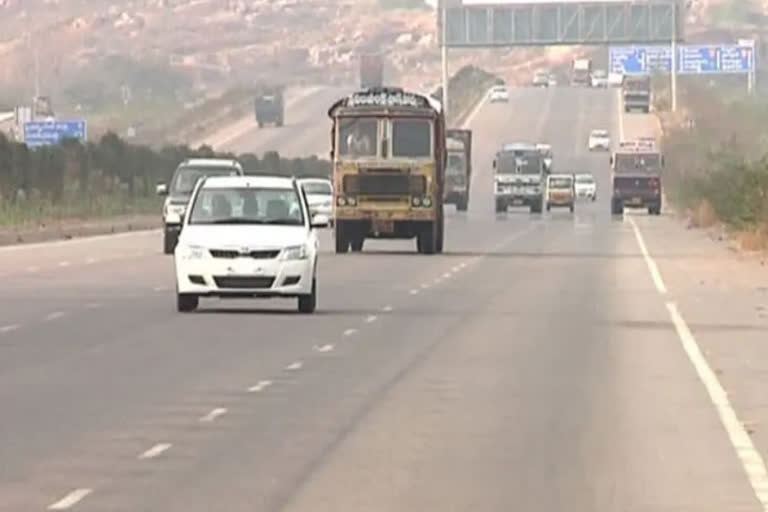New Delhi: Gujarat, Haryana and Punjab are the top three states in terms of road, rail and warehousing infrastructure in the country according to a report compiled by the ministry of commerce and industries.
The Logistics Ease Across Different States (LEADS) report, prepared by the ministry, deals with the quality of road and rail infrastructure, quality of multi-modal and uni-modal infrastructure and warehouses across different states and union territories.
It also deals with the quality of logistic service providers and capabilities of logistics service providers such as truck operators and drivers, freight forwarders, custom agents and also reasonableness of road freight rates.
According to the report, proactive policies, well-developed infrastructure and services have helped Gujarat to maintain its rank.
In terms of quality of transport infrastructure services, which are assessed on 21 parameters, Haryana ranks at the second position followed by Punjab.
While Tamil Nadu is at the fourth spot, it is followed by Maharashtra (5), Uttar Pradesh (6), Odisha (7), Karnataka, (8), Andhra Pradesh (9), Telangana (10).
Given the special circumstances of the North Eastern States and Himalayan Region, the report analysed them separately and found the union territory of Jammu and Kashmir at the top in this category followed by Sikkim and Meghalaya. National capital Delhi is at the top among the union territories.
Uttar Pradesh, Uttarakhand and Jharkhand have improved their logistics ranking significantly in comparison with their ranks in the 2019 report. The Centre has started ranking different states and UTs for their quality of infrastructure in 2018.
Gujarat
With a National Highway Network of over 7744 kilometers and State Highway Network of 17,201 kilometers and railway track of 7,938 kilometers, Gujarat is at the top of logistics ranking.
This is the third straight time when Gujarat has been ranked number one in the logistics ranking.
The State has maintained its rank through strong initiatives such as an integrated logistics policy and also a logistics park policy, creation of suitable port-related infrastructure and creation of institutional framework even down to the city level.
Haryana
With a National Highway Network of over 3,237 kilometers and State Highway Network of 1,602 kilometers and railway track of 3,243 kilometers, Haryana is at the second position in the country.
The state has improved its ranking from the sixth position in 2019 to the second this year.
The state has secured the highest score for several indicators such as quality of warehousing infrastructure, timeliness of cargo delivery during transportation, operating and regulatory environment, and efficiency of regulatory services.
Haryana also provides capital and interest subsidies ranging from 5% to 25% for setting up of warehousing infrastructure, logistics parks and Integrated/Multi-Modal Logistics Parks. The State also provides stamp duty reimbursement, 100% electricity exemption for a period of 05 years and full reimbursement of External Development Charges (EDC).
Punjab
With a National Highway Network of over 4,099 kilometers and State Highway Network of 1,503 kilometers and railway track of 3,622 kilometers, Punjab is at the third position in the country. The state has been among the top three states in logistics ranking since 2018.
According to the report, Punjab has proactive policies such as single window clearance mechanism for regulatory approvals, fiscal incentives under the industrial and business development policy, grievance redressal mechanism and development of warehousing zones have had an immense impact on the logistic ecosystem.
Why is reducing logistics cost important?
India's logistics cost, the cost of moving goods and people from one place to another, is estimated to be about 14% of its GDP. It is in the same range as in other developing countries but when it is compared with other developed nations, then the logistics cost is considerably lower at around 8-10% of their GDP.
Commerce and Industries Minister Piyush Goyal said the target was to cut down the logistics cost by 5% in the next few years.



